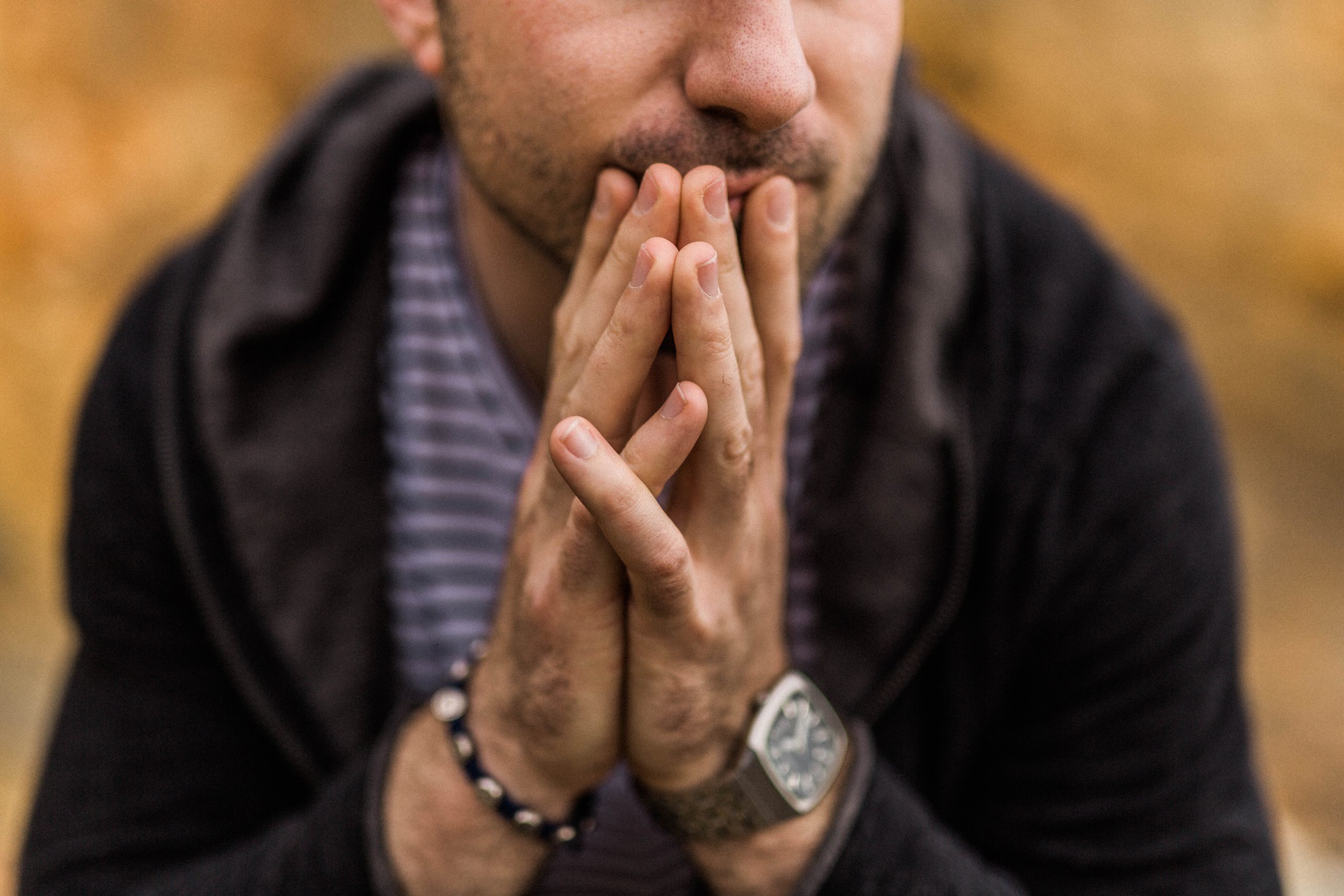The Sylvia Brafman Mental Health Center, located in Fort Lauderdale, Florida, offers specialized treatment for trichotillomania, a hair-pulling disorder often associated with Obsessive-Compulsive Disorder (OCD). Our center is conveniently accessible from Miami and other major cities in South Florida. Call 877-958-9212, and an experienced patient advocate will discuss our evidence-based trichotillomania treatment options.
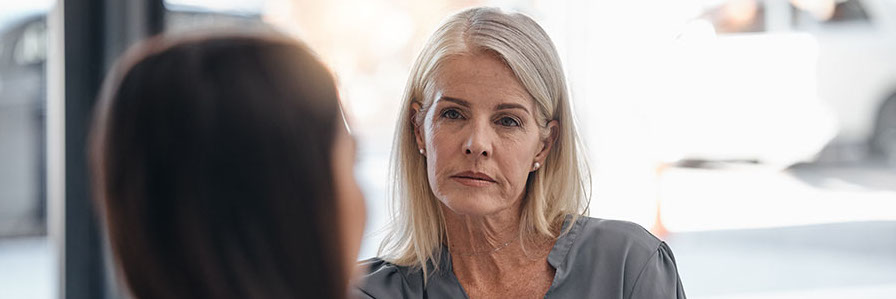
Trichotillomania Hair-Pulling Disorder Treatment Facility in Fort Lauderdale, Florida
What Is Trichotillomania Disorder?
Trichotillomania disorder is expressed by repetitive hair-pulling and multiple attempts to decrease or stop hair-pulling, leading to limitations in your everyday life. Documented since the 19th century, trichotillomania is a common disorder diagnosed in roughly 0.5% to 2.0% of the population.
Generally, pulling your eyelashes, eyebrows, and scalp hair is associated with trichotillomania, but removing hair from any area of your body is also common. Compulsive hair-pulling can occur on multiple sites of your body, and episodes can last from a few minutes to a few hours.
Although trichotillomania causes are not entirely clear, research suggests a combination of genetic, neurological, and environmental factors. Provocations for hair pulling can include stress, boredom, or periods of inactivity. Additionally, many individuals may not be fully aware of their hair-pulling behaviors, which are termed “automatic” pulling and represent a more habitual form of the disorder. Hair loss due to trichotillomania can lead to additional mental health and OCD behaviors.

Signs and Symptoms of Trichotillomania Hair-Pulling Disorder
Signs and symptoms of obsessive hair-pulling behaviors typically begin in late childhood or early adolescence. Due to the developmental stage during which the disorder emerges, you can struggle with low self-esteem and avoid social situations, like getting haircuts, swimming, being outside on a windy day, playing sports, or dating.
Below are some additional signs of trichotillomania hair-pulling disorder:
If you or someone you love is exhibiting signs and symptoms of trichotillomania hair-pulling disorder, it’s essential to see professional care. Early intervention can make a significant difference in your or your loved one’s well-being. Contact us today.

Do Mental Health Centers Provide Treatment for Trichotillomania Disorder?
Yes, many mental health centers provide treatment for trichotillomania. At The Sylvia Brafman Mental Health Center (SBMHC), we offer a variety of treatments for trichotillomania and the obsessive thoughts and compulsions related to scalp-picking and hair-pulling. SBMHC offers a free assessment to guide you on how to stop trichotillomania.
Over 26% of trichotillomania patients are also diagnosed with OCD and anxiety. At SBMHC, our clinicians are skilled at customizing a specialized treatment plan to cater to your diagnosis. Whether you’re in need of trichotillomania treatment or OCD treatment, we can recommend the most proper care for your needs.
Types of Trichotillomania Hair-Pulling Disorder Treatment Programs
There are various types of trichotillomania treatment programs that will vary depending on your specific needs. Below are a few examples of programs for trichotillomania and OCD. Our patient advocates can further guide you through an extensive list of all the trichotillomania therapies provided at The Sylvia Brafman Mental Health Center.
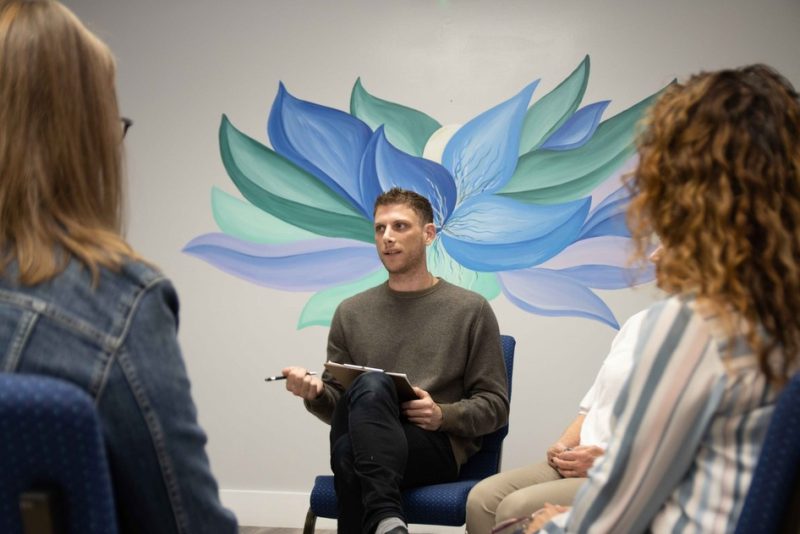
At The Sylvia Brafman Mental Health Center in sunny Fort Lauderdale, Florida, our compassionate team is eager to help you with specialized treatment for OCD with trichotillomania. We have a broad spectrum of treatment programs including IOP and PHP. Don’t hesitate any longer, connect with us today! You can both contact us directly or fill out the form below for a prompt callback.
"*" indicates required fields
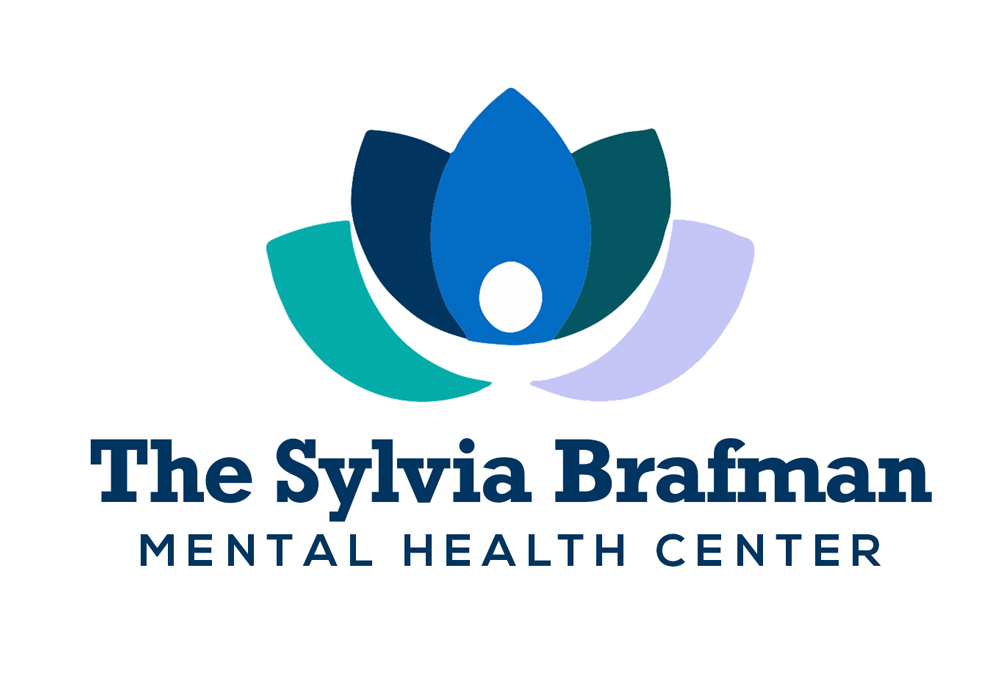
Types of Counseling and Therapy Trichotillomania Disorder
Several types of Body-Focused Repetitive Behavior (BFRB) therapy options for trichotillomania treatment have proven to be effective. Each type of therapy offers unique teachings to help you manage obsessive thoughts and compulsive behaviors. This type of behavioral therapy can help you develop healthier coping strategies to resist repetitive actions.
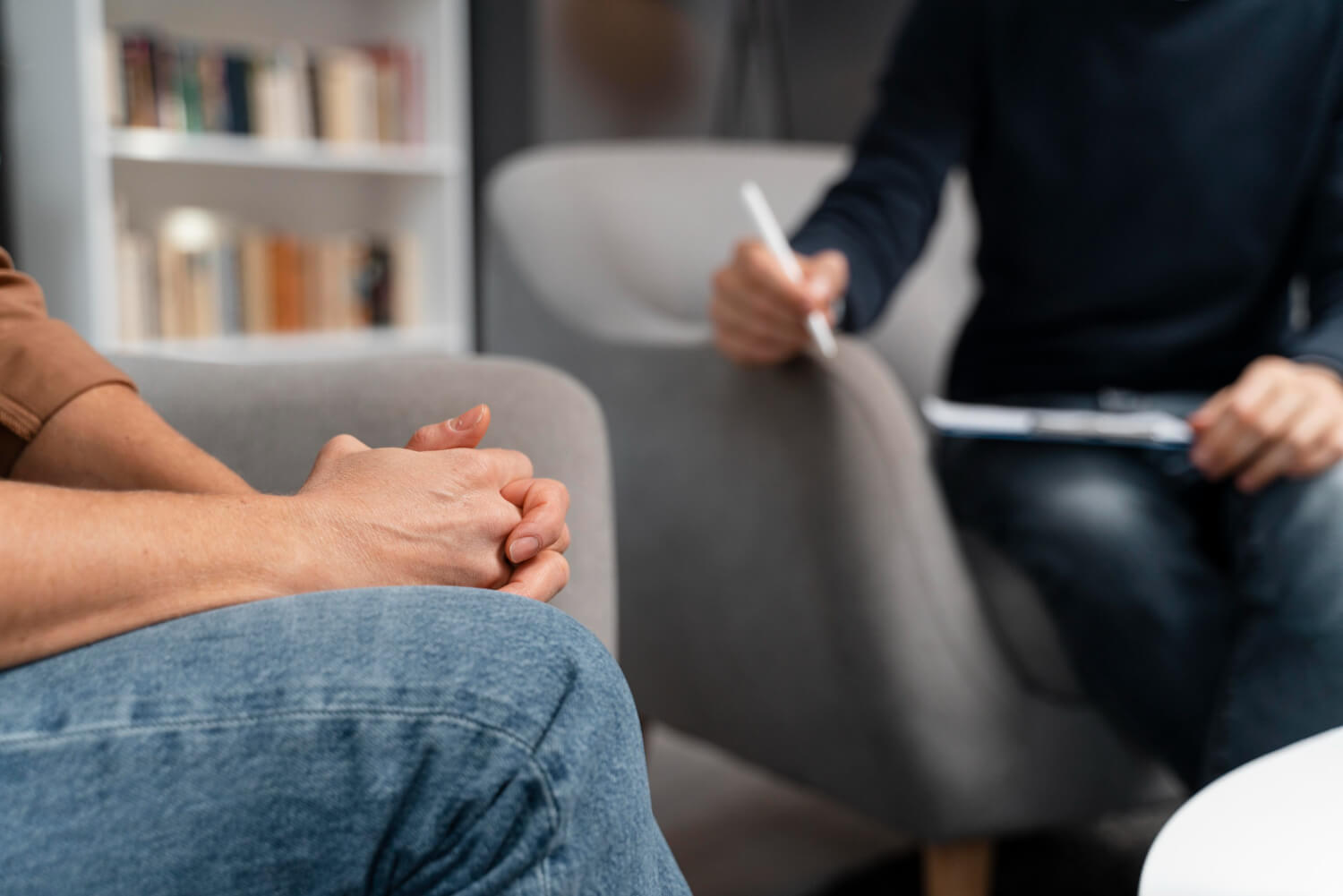
Does Insurance Cover Trichotillomania Hair-Pulling Disorder Treatment Programs?
Yes, most health insurance plans cover programs and services for trichotillomania treatment. However, the extent of the coverage-including deductibles, co-pays, and the specific types of treatments covered-can vary based on your insurance plan. It’s essential to understand your benefits to find the appropriate care that fits the treatment you need and your budget.
Our patient advocates at The Sylvia Brafman Mental Health Center can help you verify your insurance details. We can provide more information on our trichotillomania treatment programs and how your policy can be implemented.
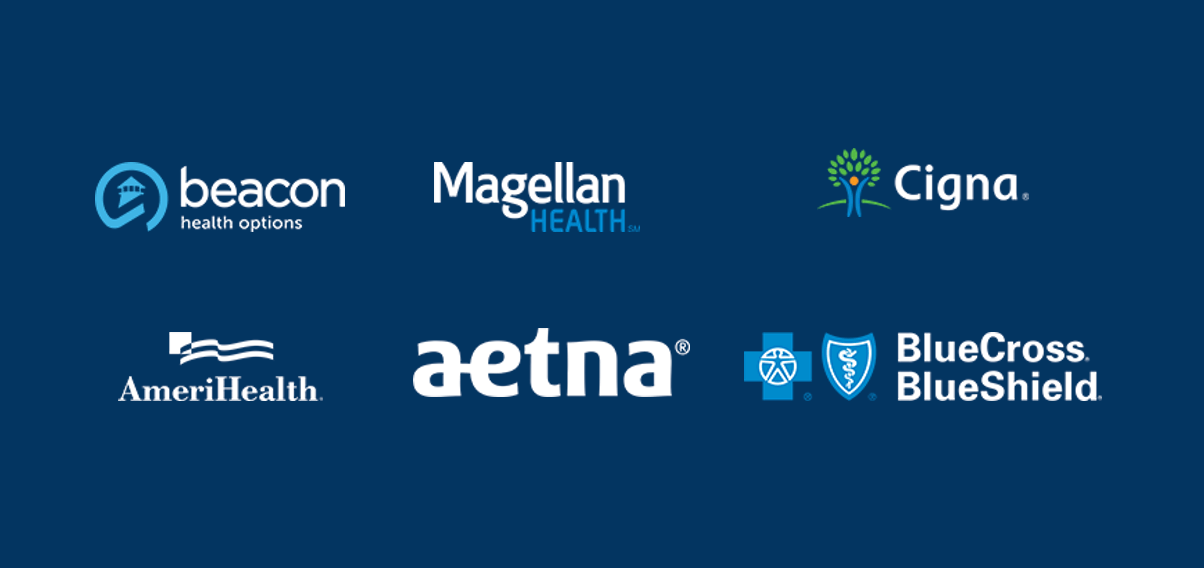
How to Find Trichotillomania Disorder Treatment Facilities in Florida
The Sylvia Brafman Mental Health Center, located at 7710 NW 71ST CT, Tamarac, FL 33321, is an accredited trichotillomania treatment facility. We provide outstanding support and are dedicated to evidence-based, family-centered programs that directly address behavioral compulsions. Contact us for more information to begin your recovery process.
To locate a trichotillomania treatment center in Florida, specifically near more cities like Miami, Fort Lauderdale, West Palm Beach, Hialeah, Pembroke Pines, Hollywood, and Miramar, that offers the services you need, take the following steps:
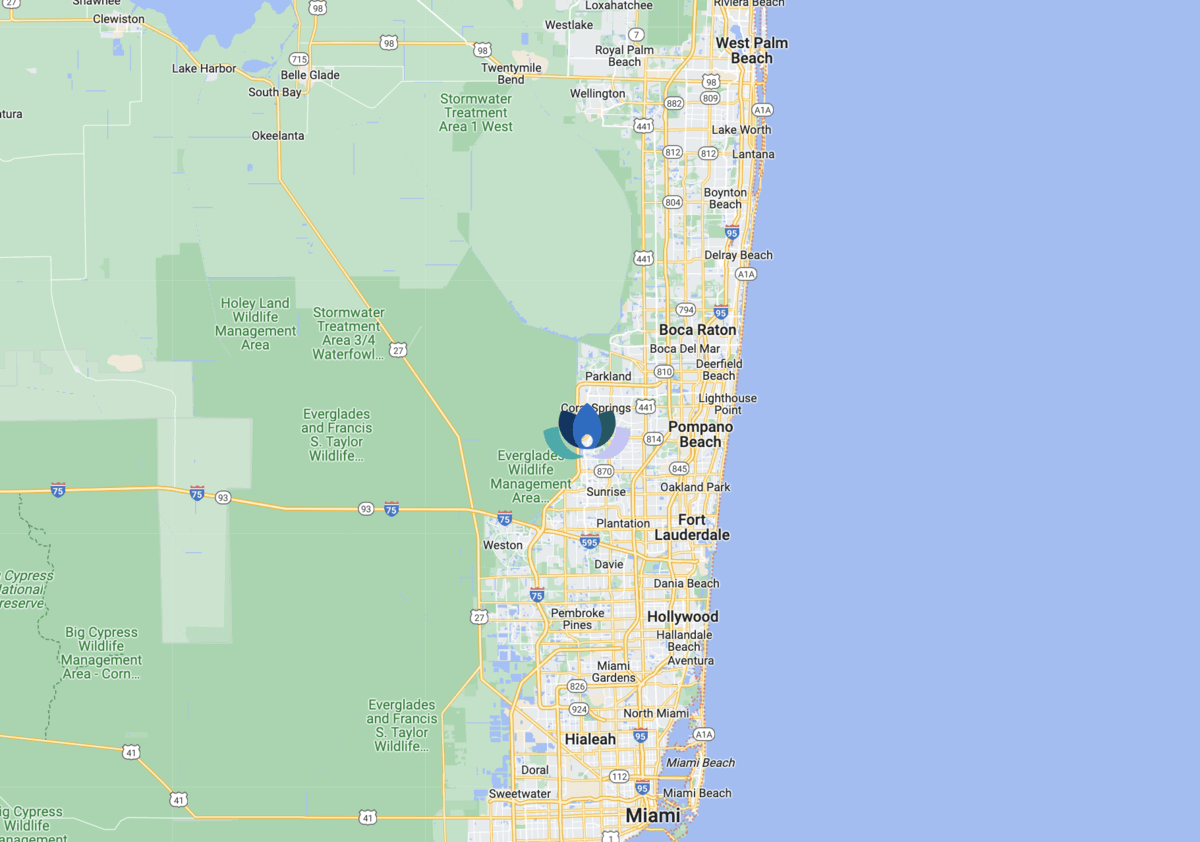
What is the Trichotillomania Treatment Admissions Process?
The trichotillomania admissions process is designed to provide structure and support for you and your family. The admissions process may vary for each individual and treatment center. Below, we’ve provided a general overview of what you can expect when reaching out to The Sylvia Brafman Mental Health Center in South Florida:
- Initial Contact:
To reach The Sylvia Brafman Mental Health Center patient advocates, call 877-958-9212, fill out the contact form on our contact page, or visit our center. This is a perfect time to ask questions and learn more about our trichotillomania treatment programs. - Preliminary Consultation:
We offer a free assessment to discuss your compulsive behaviors and concerns to help our clinicians verify if our programs meet your needs. - Intake Assessment:
Once the preliminary consultation is completed, a thorough intake assessment may include a more in-depth interview or the completion of forms detailing your medical history. - Evaluation and Diagnosis:
Clinicians will provide a formal assessment to identify your specific diagnoses, such as trichotillomania and OCD. - Personalized Treatment Plan Development:
Once a trichotillomania hair-pulling disorder is diagnosed, an individualized treatment plan is created that identifies therapy programs, goals, and a treatment timeline. - Insurance Verification and Financial Counseling:
Our financial team will help you verify your insurance coverage and discuss any out-of-pocket costs so you are clear on your financial responsibility. - Admission Approval:
After confirming the treatment plan and financial commitment, our team will schedule your admission date and provide all the paperwork needed prior to starting the program. - Family orientation (if applicable):
Orientation is provided to familiarize yourself and your family with the program, our treatment team, and the center so you and your family know what to expect. - Admittance to the Program:
The day you are admitted, you will meet our care team and review your treatment plan to familiarize yourself with the program. - Ongoing Monitoring and Adjustments:
Our clinicians regularly monitor your response to the planned trichotillomania treatment throughout the program and will make adjustments to ensure it remains effective.
What Happens at a Trichotillomania Treatment Facility?
Trichotillomania treatment facilities offer a variety of structured treatment plans to help you manage compulsive hair-pulling. Treatment may involve individual counseling, trichotillomania support groups, and holistic therapy, such as meditation and deep breathing exercises, to develop your awareness of repetitive actions.
Often, medication for OCD, anxiety, or depression can be prescribed by our treatment team to assist in managing symptoms of trichotillomania. There is no specific drug explicitly approved for hair-pulling disorder. Clinicians use medication cautiously and recommend it only as an aid to manage severe symptoms.
How Much Does Trichotillomania Hair-Pulling Disorder Treatment Cost?
The costs associated with trichotillomania treatment can vary depending on several factors, including the treatment method, treatment duration, and your insurance policy. Without insurance, a single therapy session can cost anywhere from $90 to $130 for a therapist who may not specialize in cognitive behavioral therapy for hair-pulling. On average, inpatient treatment will be more expensive than outpatient trichotillomania treatment.
For a more accurate estimate of your trichotillomania hair-pulling disorder treatment costs, contact The Sylvia Brafman Mental Health Center. We can provide a detailed estimate of your out-of-pocket treatment expenses as they relate to your specific needs and financial circumstances. Our patient advocates understand that economic concerns often deter individuals from seeking the necessary care. At Sylvia Brafman, we’re dedicated to facilitating budget-friendly and effective treatment. Call 877-958-9212 today.


